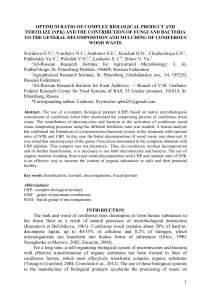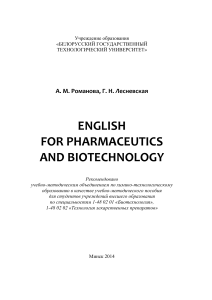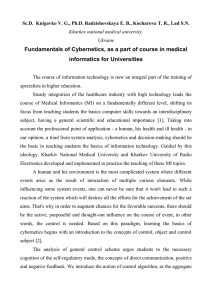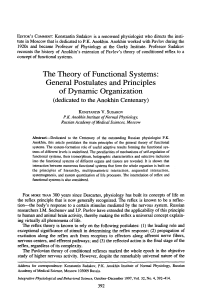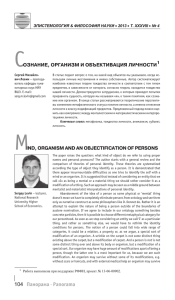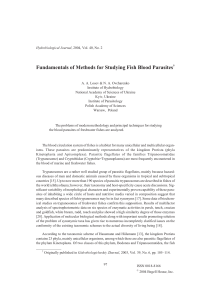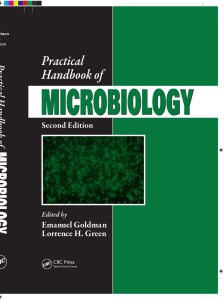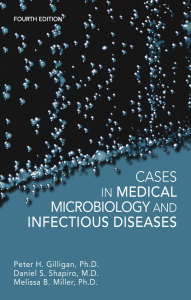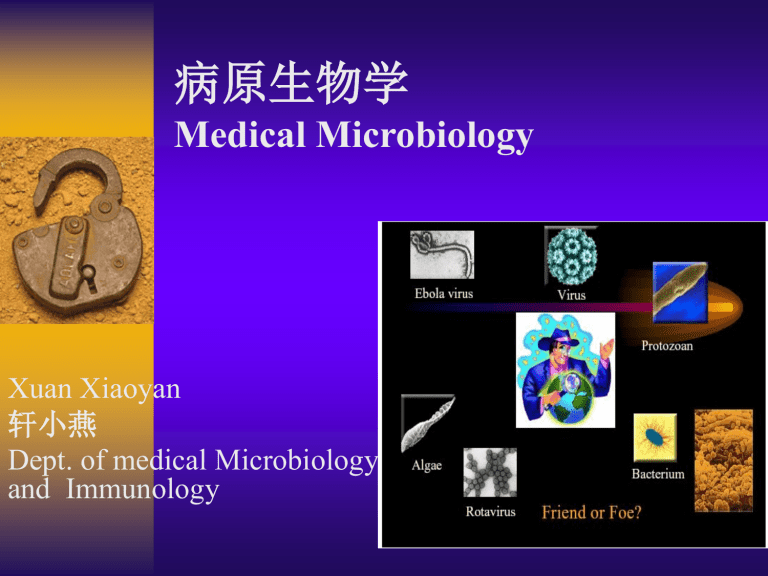
病原生物学 Medical Microbiology Xuan Xiaoyan 轩小燕 Dept. of medical Microbiology and Immunology Microbiology is the study of living organisms that are so small as to be visible only through microscopes Introduction Microorganisms(Microbes) Microbiology Medical Microbiology What is Microorganisms Microorganisms are creatures that are not directly visible to the unaided eye, with dramatically biologic diversity. Viruses , bacteria, fungi, protozoa and some algae are all in this category All with the exception of plants and animals Major groups of microorganisms 1. Prokaryotes 2. Eukaryotes 3. Neither eukaryotic nor prokaryotic Prokaryotes They are the cells of lower (primitive ) life forms. The nuclear material (DNA) not enclosed within a membrane, but rather is distributed in masses throughout the cytoplasm; this primitive type of nucleus is called a prokaryon, and the cell are said to be prokaryotic. In addition to nuclear membrane, these simple unicellular organisms also have not mitochondria, Golgi bodies, and endoplasmic reticulum. They produce by asexual division. This group of microorganisms contains bacteria, actinomycetes, mycoplasmas, rickettsiae, Chlamydiae,and spirochetes Eukaryotes In this type of cells the nucleus is well defined, being enclosed within a nuclear membrane. it is called a true nucleus, or eukaryon and the cell is said to be eukaryotic. All higher form of life, including ourselves, consists of eukaryotic cells. Fungi are eukaryotic organisms that contain a well-defined nucleus, mitochondria, Golgi bodies, and endoplasmic reticulum. Neither eukaryotic nor prokaryotic Viruses are the smallest infectious particles. They are not cells in the accepted sense and rely on the biochemical processes of the host cell for their replication and propagation. A viral particle consists of a nucleic acid molecule, either DNA or RNA, enclosed in a protein coat or capsid. A number of transmissible plant diseases are caused by viroids---small single-strand RNA molecules. They do not possess capsids. Prion , a new transmissible agent causing a degenerative central nervous system disease of human and animal, is a infectious protein without nucleic acid. Distribution of microorganisms Air Soil Water Animals Human body Microorganisms and Human Beings Beneficial activities: Most microbes are of benefit to human beings, some are necessary( nitrogen, carbon cycles, etc) Harmful activities: A portion of microbes cause diseases and are poisonous to human, and these are really that concern us in the study of medical microbiology, etc. Microbiology Microbiology is the biology of microorganisms. It is a bioscience for the study of the evolution, Classification , morphology, physiology, genetics, ecology of microbes under certain definite conditions, The law of their life activities, and their interaction with human being, animals or plants as well as with natural environment. The Importance of Microbiology Environment Medicine Food Industry Biotechnology Research History of Microbiology Experience phase经验时期 Experimental phase实验时期 Modern phase现代微生物学时期 Experience phase Experimental phase Leeuwenhoek Pastur Koch lister Koch’s postulates the microbe must be found in the body in all cases of the disease it must be isolated from a case and grown in a series of pure culture in vitro it reproduce the disease on the inoculation of a late pure culture into a susceptible animal the microbe must be isolated again into pure culture from such experimentally caused infection. Fei-Fan Tang Modern phase Emerging and Reemerging Infectious Disease AIDS Tuberculosis Hepatitis Gastric ulcer SRAS Medical Microbiology The medical microbiology is one of the essential basic sciences for medcine. It is the study of Biological characteristics of microorganisms and their relationships with human hosts Medical Microbiology Medical Bacteriology Medical Virology Medical Mycology Parasitology Immunology Purpose for learning of Medical Microbiology Medical Microbiology Note of Medical Microbiology One of the most important reasons for studying microbes is to understand the diseases they cause and the ways to control them. The relationship between many organisms and their disease is not simple. Organisms rarely cause a single well-defined disease. Instead, it is more commonly for a particular organism to produce many manifestations of disease or for many organisms to produce the same disease. In addition relatively few organisms can be classified as always pathogenic Instead, most are able to establish disease only under welldefined circumstances. Some diseases arise by exogenous infections, and most human diseases, however, are produced by endogenous infections. The interaction between an organism and the human host is complex. The outcome of this interaction is determined by the virulence of the organism, the site of exposure, and the host's ability to respond to the organism. To improve the human body's ability to prevent infection the immune system can be augmented either through the passive or through active immunization. Infection can also be controlled with a variety of chemotherapeutic agents. Unfortunately, microbes can alter their antigenic complexion (antigenic variation) or develop resistance to even the most potent antibiotics. Thus, the battle for control between microbe and host continues, with neither side yet to claim victory. It is important to realize that our knowledge of the microbial world is evolving continually. Just as the early microbiologist built their discoveries on the foundations established by their predecessors, so, too, will we and future generations continue to discover new microbe ,a new diseases, and new therapies.


